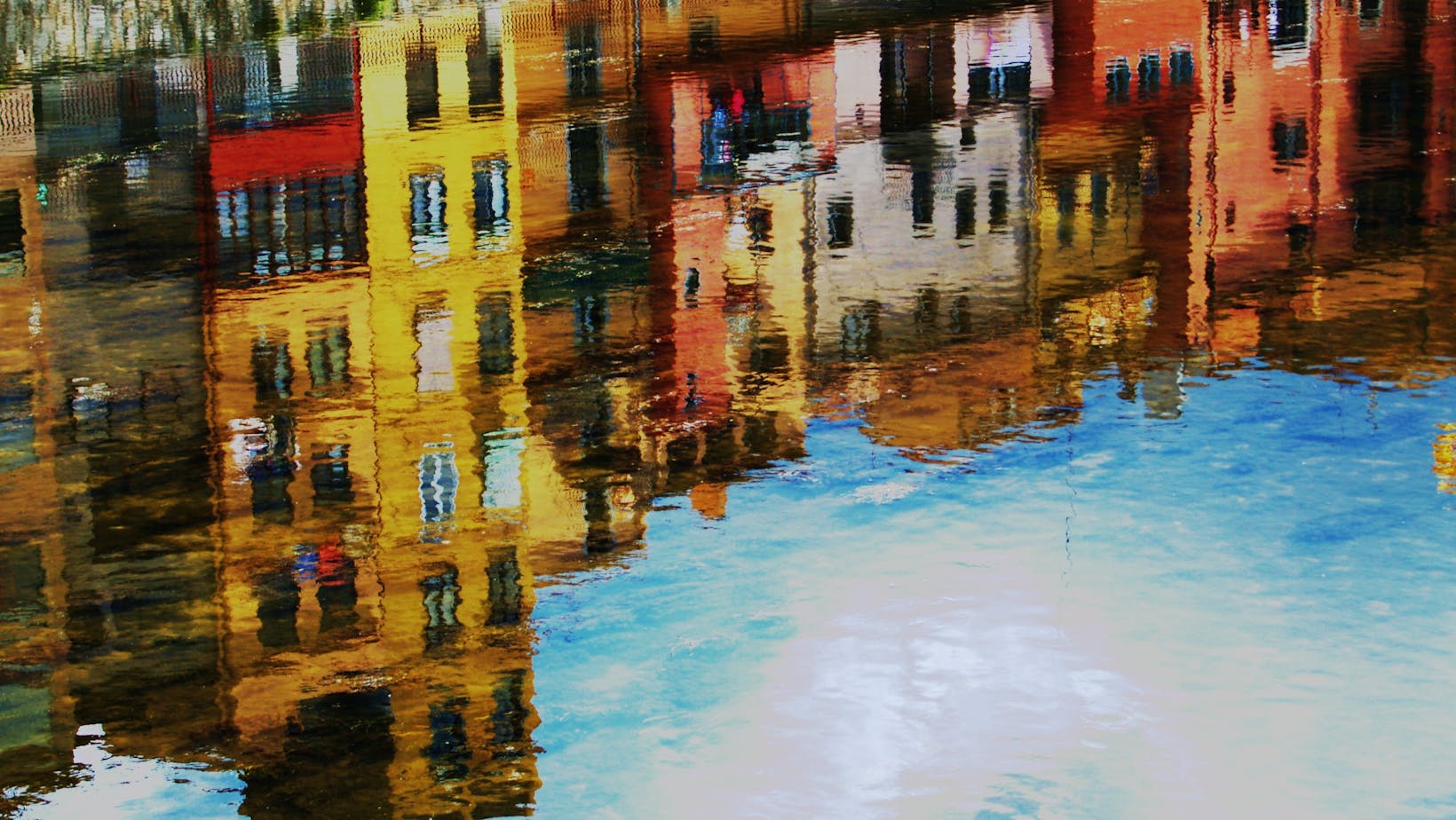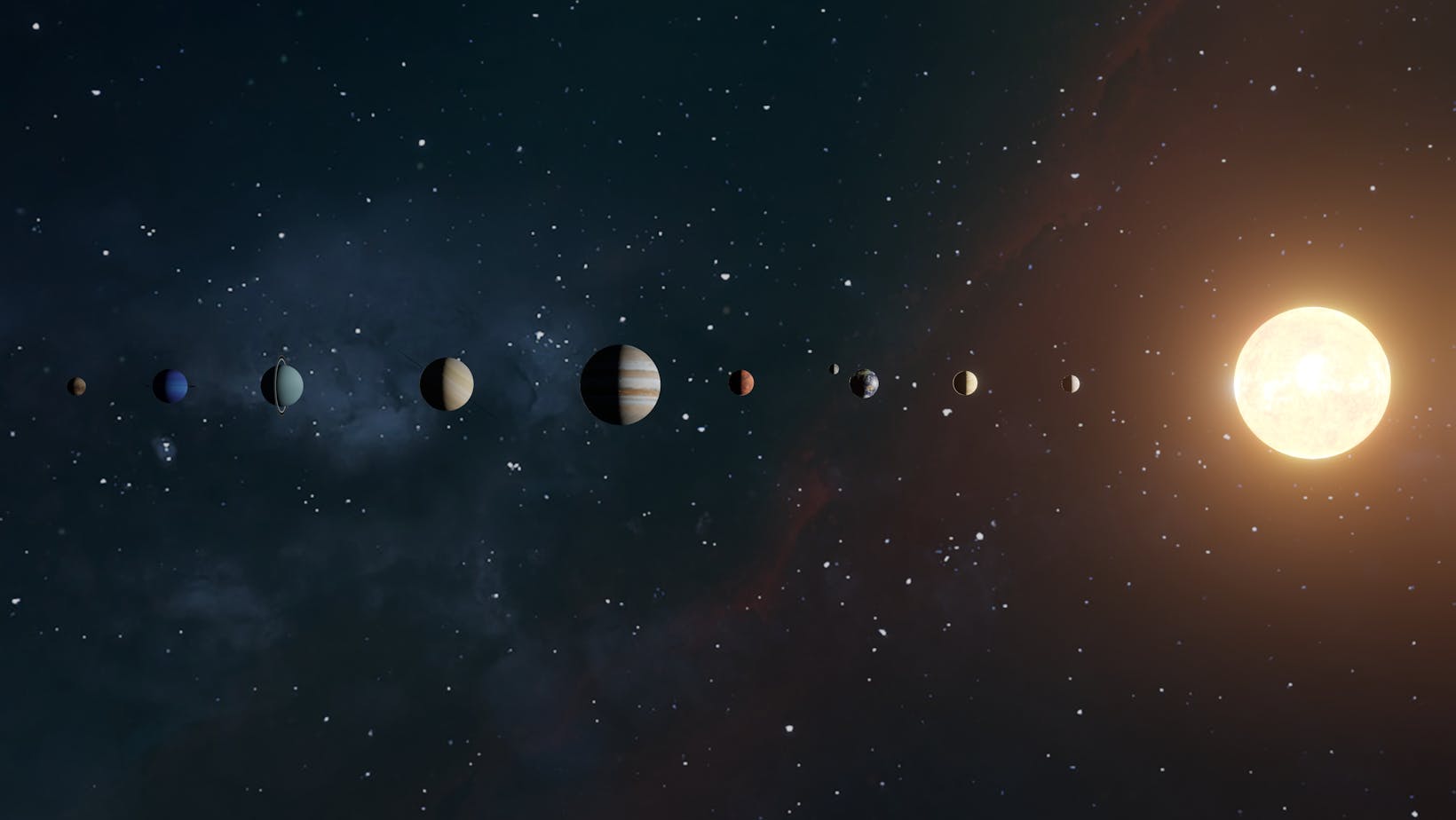Gone are the days when desktop:uil2zbahmom= wallpaper were just random images. Today, they’re a key reflection of personal style, mood, and even productivity levels. This article delves into the fascinating world of desktop wallpapers, highlighting their evolution, importance, and how they can transform your digital space.
Desktop:Uil2zbahmom= Wallpaper
The vast realm of desktop:uil2zbahmom= wallpaper offers an immersive digital environment that’s personalized to one’s preferences. Embracing this variety enhances your digital space, and before diving into the array of available wallpaper types, it’s crucial to comprehend their fundamental purpose.
 Desktop wallpapers primarily serve a function of aesthetics, providing pleasing visuals each time the user accesses their device. They enhance the user’s digital experience, creating a personal haven of imagery or design that resonates with their style. However, they’re not just about adding some color to the screen. Wallpapers embody an element of functionality, providing a backdrop that influences readability and user interface visibility. For example, a lighter wallpaper helps the text and app icons stand out for those who prefer a cleaner, uncluttered look.
Desktop wallpapers primarily serve a function of aesthetics, providing pleasing visuals each time the user accesses their device. They enhance the user’s digital experience, creating a personal haven of imagery or design that resonates with their style. However, they’re not just about adding some color to the screen. Wallpapers embody an element of functionality, providing a backdrop that influences readability and user interface visibility. For example, a lighter wallpaper helps the text and app icons stand out for those who prefer a cleaner, uncluttered look.
Visuals also play a significant role in productivity and mood regulation. As with physical workspaces, a computer’s background can biochemically impact users. Serene landscapes or motivational quotes, for instance, may instill calmness, spark inspiration or invigorate the work mood.
How to Choose the Best Desktop Wallpaper
Factors to Consider in Choosing Desktop Wallpaper
Determining the right desktop wallpaper involves many elements. Consider the screen resolution first, as it determines the quality and clarity of the image. An ideal wallpaper matches or exceeds screen resolution to avoid graininess or distortion.
Next, focus on color. It’s essential to keep in mind the impact of color on mood. Cool toned colors—blues, greens and purples—are known for their calming effect. On the flip side, warm colors—reds, oranges and yellows—tend to energize and stimulate.
Lastly, ponder the complexity of design and its impact on visibility. Overly complicated images can hinder icon visibility, making navigation difficult. Simplistic, minimalist designs tend to favor functionality while maintaining a pleasing aesthetic.
Popular Trends in Desktop Wallpaper
In the world of desktop wallpapers, specific trends stand out. Nature-based wallpapers, with their lush landscapes and breathtaking sceneries, bring serenity and calmness to the digital space.
 Motivational quote wallpapers serve as constant reminders of personal goals and values, promoting positivity and productivity through powerful words.
Motivational quote wallpapers serve as constant reminders of personal goals and values, promoting positivity and productivity through powerful words.
Additionally, many prefer minimalist wallpapers for their clean and tidy appearance. These wallpapers not only look sharp and modern, but also promote an uncluttered workspace for enhanced focus.
All in all, desktop wallpapers follow trends, but personalization remains key. The best desktop wallpapers are the ones that resonate with the user’s style, mood, and productivity levels.
Creating Your Own Desktop Wallpaper
Desktop Wallpaper Software and Tools
Evolving digital design technologies present numerous software and tools for design aficionados. Adobe Photoshop, a well-regarded software, provides a wide array of tools that allow intricate designs. In contrast, Canva’s user-friendly interface makes it an attractive choice for beginners, offering templates and a drag-and-drop tool. GIMP, an open-source software, proves to be another viable option, providing a cost-effective solution with a robust design toolset.
Tips for Making Custom Desktop Wallpaper
 Crafting customized wallpaper necessitates some key considerations. Initially, maintaining consistency with screen resolution guarantees clarity in the design, preventing pixelation. Also, the prime importance lies in creating a design that complements the desktop’s functionality. Overly complicated designs, though aesthetically appealing, may affect visibility of icons, thus impeding usability. The careful balance of color significantly contributes to mood regulation as certain colors, like blue, promote tranquility while others, such as red, provoke energy and alertness. Lastly, integration of personal elements like images, quotes, or themes enforces personal connection and sets mood or motivation.
Crafting customized wallpaper necessitates some key considerations. Initially, maintaining consistency with screen resolution guarantees clarity in the design, preventing pixelation. Also, the prime importance lies in creating a design that complements the desktop’s functionality. Overly complicated designs, though aesthetically appealing, may affect visibility of icons, thus impeding usability. The careful balance of color significantly contributes to mood regulation as certain colors, like blue, promote tranquility while others, such as red, provoke energy and alertness. Lastly, integration of personal elements like images, quotes, or themes enforces personal connection and sets mood or motivation.
Productivity Booster
Desktop:uil2zbahmom= wallpaper aren’t just about aesthetics; they’re an expression of individuality, a mood regulator, and a productivity booster. It’s the personal touch that transforms a digital workspace into a reflection of one’s style. Whether it’s a serene nature scene, an inspiring quote, or a minimalist design, the perfect wallpaper aligns with the user’s taste and needs.
